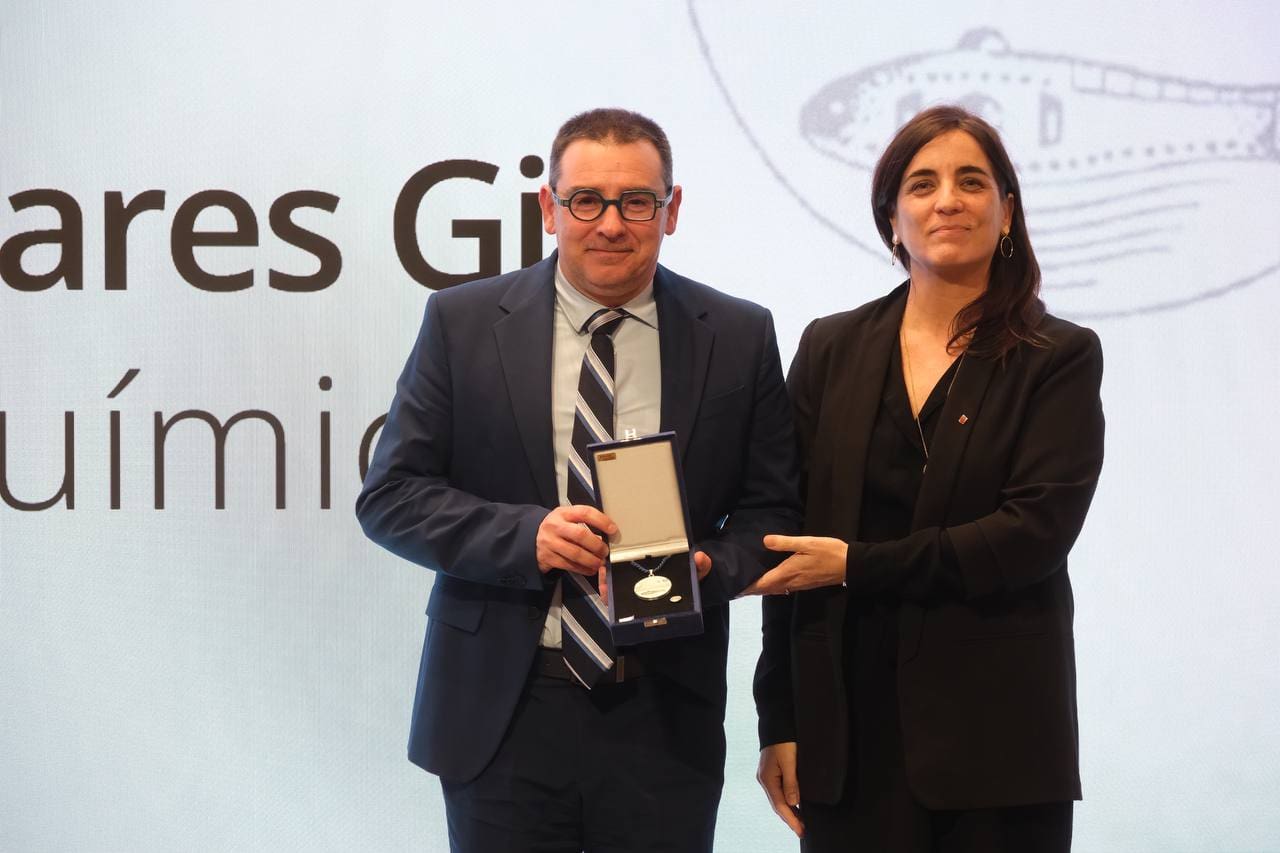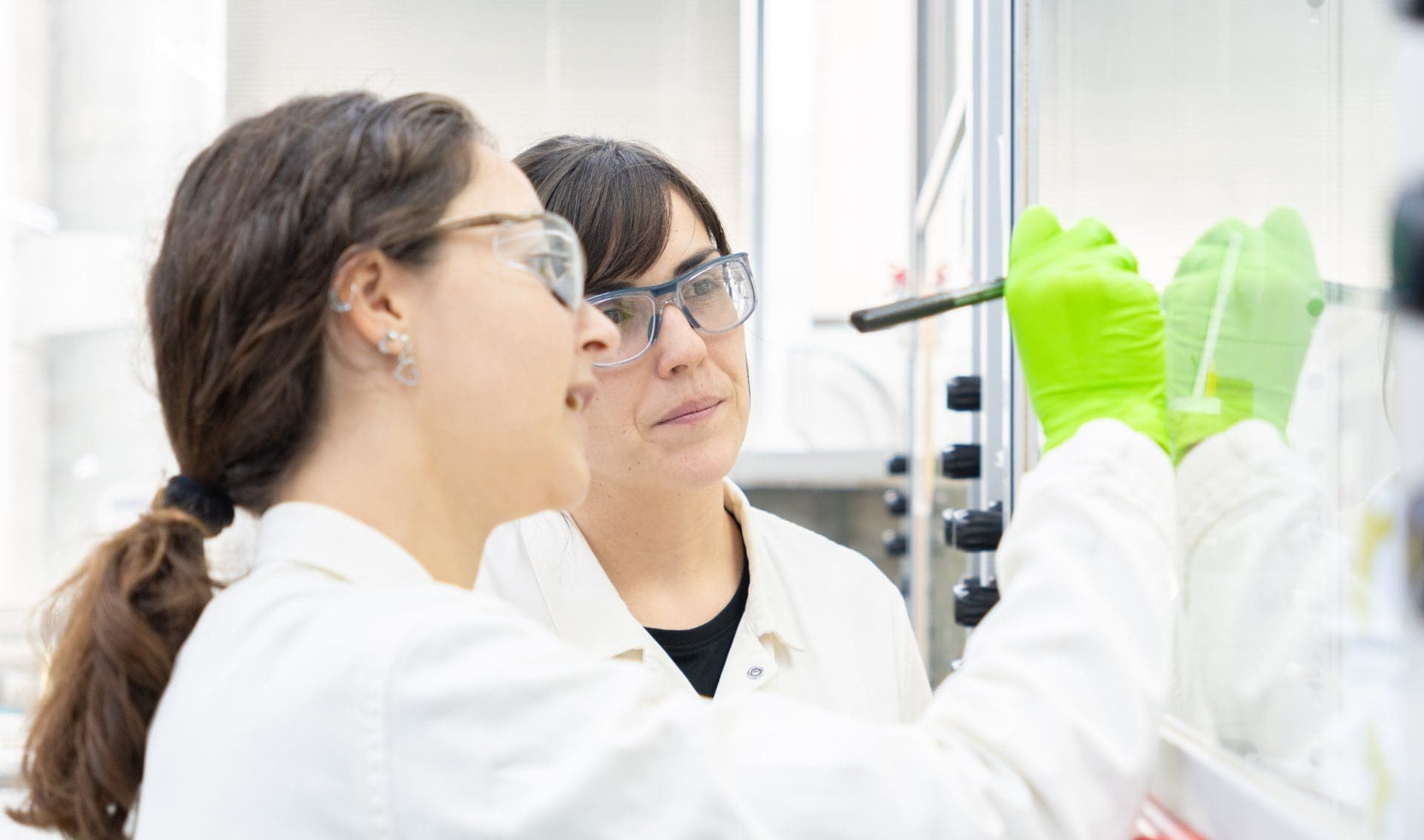ERC “Proof of Concept” grant awarded to Paolo Melchiorre
Prof. Paolo Melchiorre, ICIQ group leader has been awarded a European Research Council (ERC) “Proof of Concept” grant for the development of the Light-COAT project. With an economic endowment worth €150,000, Light-COAT aims to provide a new class of photoinitiators, which will be able to trigger polymerization reactions at room temperature and using visible light.
Polymers are molecules composed of multiple repeating units. From natural biopolymers such as DNA or proteins – which sustain life as we know it –, to synthetic polymers as polyethylene, nylon or synthetic rubber, these molecules are ubiquitous in our everyday life: over 330 million tons of synthetic polymers are manufactured every year.
 Now, and thanks to the work carried out under the ERC Consolidator grant CATA-LUX, researchers in the Melchiorre group have identified a family of visible-light-absorbing organic compounds with the potential to act as photoinitiators for polymer applications. The polymerization pathways used by industry rely on high-energy compounds or light (such as UV light or lasers), and high temperatures to generate radicals that will initiate the chain polymerization. These harsh conditions have created a great interest to find more sustainable and efficient methods to produce polymeric materials.
Now, and thanks to the work carried out under the ERC Consolidator grant CATA-LUX, researchers in the Melchiorre group have identified a family of visible-light-absorbing organic compounds with the potential to act as photoinitiators for polymer applications. The polymerization pathways used by industry rely on high-energy compounds or light (such as UV light or lasers), and high temperatures to generate radicals that will initiate the chain polymerization. These harsh conditions have created a great interest to find more sustainable and efficient methods to produce polymeric materials.
The Light-COAT project will study and develop a new and promising family of photoinitiators: dithiocarbonyl anions (DTCs). These molecules are easily synthesized, operate at room temperature and are activated by weak visible light (such as solar light or simple light-emitting diodes), thus making DTCs ideal candidates for the generation of radicals to start polymerization reactions.
“The merit of thinking in this direction goes to Dr. Bertrand Schweitzer-Chaput, a former postdoc of the group who did the first polymerization with DTCs by just putting the vial on the windowsill – it was on purpose, no serendipity in this case,” explains Melchiorre “it was then that we started thinking of the possible applications.” In collaboration with CSOL (ICIQ’s technology development unit) and ICIQ’s Knowledge & Technology Transfer unit, the Melchiorre group have developed a market study to assess the competitiveness of the project as well as to narrow down the possible applications of the technology.
Current benchmark visible-light photoinitiators present several drawbacks when compared to DTCs, ranging from the use of metals, requiring strong light sources, presenting poor solubility in monomers or toxicity of the molecules themselves. In contrast, DTCs present two main advantages: they are activated with visible-light (absorb visible light between 400 and 500nm) and are, therefore, safe to be employed by the final user – unlike UV light triggered polymerizations which can be dangerous to the eye –; and present photo-bleaching. So, although the photoinitiator is colored, the final product is a colorless polymer – which is exactly what is expected when talking about coatings (you don’t want to change the original color of the thing you are coating).
The unique features of DTCs bring competitive advantages and make this novel family of photoinitiators suitable to enhance convenience in use (reduced drying time and improved weatherproof feature), offering a strong opportunity to improve domestic coating formulations by providing access to colourless polymeric materials.
Related news

Let's create a brighter future
Join our team to work with renowned researchers, tackle groundbreaking
projects and contribute to meaningful scientific advancements






 17-02-2025
17-02-2025 


















